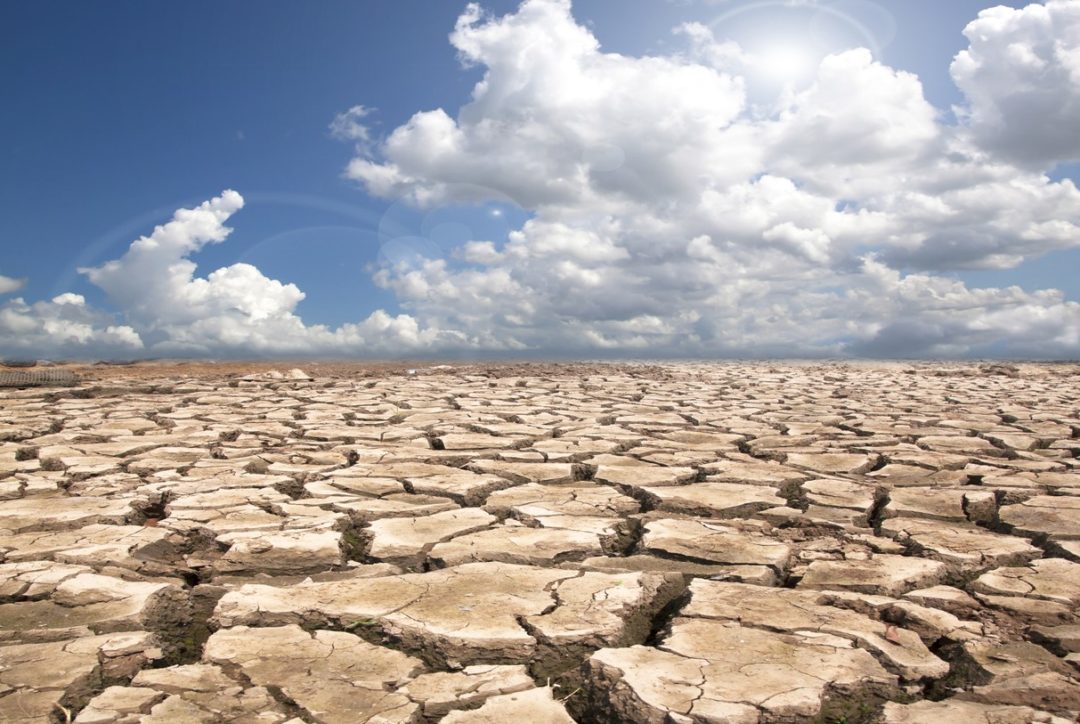
A hot, dry summer sent water levels shrinking along the Rhine River in Western Europe. The impact was devastating, as this is one of the most important waterways on the continent, with 80% of Western Europe’s water freight traveling along that route. Plummeting water levels disrupted shipping, forcing cargo to be rerouted and causing delays around the world. In some cases, the lower water levels forced cargo ships to reduce their loads to just 25% of capacity, so that the boats wouldn’t bottom out in the shallow river.
This all came about as European supply chains were already navigating around a war that was impacting logistics, food supply and access to raw materials. Yet this wasn’t the first time that freight on the Rhine had been impacted by weather events. In February, 2021, heavy rain and snowmelt flooded the river, bursting its banks and halting shipping for several days. Just a few months later in April, water levels rapidly dropped, and cargo ships on the route were forced to only carry 50% of their loads.
The reality is that the Rhine hasn’t been a reliable water freight route for the past few years, and that’s not likely to change. In fact, experts expect the river to become even less reliable as more extreme droughts are predicted around the world.
Rivers are Shrinking, Storms Raging
Each year from 2013 to 2021 has ranked in the top ten hottest years on record, according to NOAA. Temperatures are increasing at a faster rate in the past decade than ever before, with Earth’s temperature rising .32-degrees Fahrenheit per decade since 1981. That is a sharp increase when compared to the 0.14-degree increase seen each decade since 1880.
Between droughts, floods, fires and violent storms, climate change is already impacting ports, highways and factories, and worsening conditions will increase the pressures felt on the supply chain.
The U.S. has seen its own climate-related supply chain slowdowns in recent memory. In February, 2021, a freeze in Texas cased one of the nation’s worst involuntary energy blackouts in history. Power outages directly impacted residents and businesses alike, but the downstream impacts took longer to realize. The outages forced the closure of three semiconductor plants, contributing to supply chain disruption and an eventual shortage of cars and appliances. They also forced train stoppages, disrupting rail routes between Texas and the Pacific Northwest for days.
As another example, in August of 2021 Hurricane Ida hit the Gulf of Mexico, damaging industrial sites and semiconductor plants. Downstream impacts of that natural disaster included delays in production, delivery time and product shortages to end consumers. In April of 2022, severe weather caused more than $1 billion in damage in Arkansas, disrupting production and transportation for days. And hurricane Ian coursed through the entire state of Florida in September. The list goes on.
Mitigating the Impact on Supply Chains
No matter the type of natural disasters, their increasing severity will continue to affect the supply chain in a variety of ways, including snarling transportation and prohibiting access to raw materials. Already, efforts are underway to mitigate the impact, with ports weighing three options to account for rising sea levels: move inland, build massive sea dikes around ports, or raise all of the port infrastructure. Port officials will have to pick a solution soon, because high-tide flooding is imminent. In Florida alone, it’s expected to occur an average of 45-70 days per year over the next 50 years.
Aside from changing the physical elements of ports and infrastructure to protect against impending climate change, manufacturers can shift their own strategies to adapt. One solution often considered is having more inventory on hand, or developing dual supply chains that can deliver the same goods via two routes, in case one becomes impeded. Both solutions address the problem, but they also increase production costs and require greater oversight and visibility into supply chain operations.
Collaborating Across Ecosystems
Perhaps a better way to respond to the supply chain challenges presented by climate change would be for organizations to gain full visibility into their connection points, so that they can quickly identify risks and opportunities as they arise. Modernizing and integrating systems allows for heightened organizational agility, and simultaneously increases collaboration across the ecosystem. Without such systems, visibility remains hazy, and organizations are apt to be slow to react to disruptions.
These modernization and integration plans can identify and stave off climate-related supply chain problems, as well as improve the response time to resolve disruptions along the way.
Because most supply chains are redundant, there’s almost always a way to get around a problem. Still, tracking those pivots as product makes its way from point to point is vital. Systems may need to be upgraded to manage multiple supply lines, but innovation can enhance an organization’s ability to work around a crisis.
Enterprises seeking agility and insulation from disruption must act now to enhance control as they undertake the digital transformation journey. Fallout from climate change isn’t going to wait, and the supply chain won’t be spared, so the tools needed to meet the moment must be sharpened now.
Realistically, the number of people, systems, applications and processes it takes to operate a supply chain-driven organization makes rapid integration of new solutions difficult — but not impossible. By planning ahead and adopting an “ecosystem” viewpoint, companies can modernize their systems more quickly and with greater control, as they seek protection from the impacts of climate change.
Frank Kenney is director of industry solutions with Cleo.







